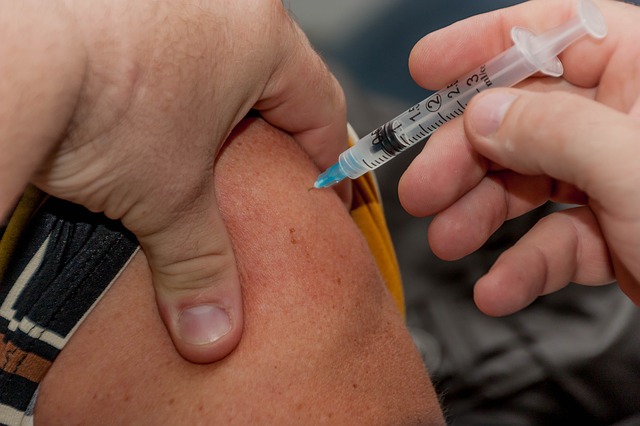How steroid hormones work

These fat-based chemical signals send vital messages across the body
Steroid hormones are a group of chemical messages made from cholesterol. This fatty, waxy substance has four conjoined rings in its structure, and this forms the backbone of five types of long-range chemical signals. Produced in one part of the body, steroid hormones carry messages to the target cells via the bloodstream. The first type are is glucocorticoids, including the stress hormone, cortisol. Made in the adrenal glands above the kidneys, it affects cells all over the body, reducing inflammation and controlling blood sugar and metabolism. The second type are mineralocorticoids, the most important of which is aldosterone. Also made in the adrenal glands, it sends messages to the kidneys to control the body’s fluid levels. Without aldosterone, the amount of salt and water in the body drops and potassium rises. This affects the heartbeat, which relies on the right amount of salts. The third type are the androgens, the male sex hormones. The most active is testosterone, produced in the testes during and after puberty. Testosterone causes hair growth and changes to the vocal cords, bones, muscles and reproductive organs. The ovaries also make testosterone but in smaller amounts. The fourth and fifth types of steroid hormones are the oestrogens and progestogens, the female sex hormones. Made by the ovaries, they work with hormones from the pituitary gland to control the menstrual cycle. Oestrogen rises during the first half of each cycle, and progesterone takes over for the second half, preparing the body for pregnancy.
A dangerous performance boost
Anabolic steroid misuse is a hot topic in professional sport and bodybuilding. These drugs mimic testosterone, which speeds up muscle growth, bone growth and red blood cell production. They can enhance sporting performance, but taking them carries many health risks. Anabolic steroids can increase the risk of high blood pressure, heart attacks and tumours in the liver and kidneys. In men, they can reduce sperm count, shrink the testicles and cause erectile dysfunction. In women, they can lead to excess hair growth, irregular periods and changes to the breasts and genitals. They are addictive, and they can cause serious changes in mood. In the UK, anabolic steroids are a class C drug; it’s not illegal to have them for personal use, but it is illegal to supply or sell them. Many professional sports associations ban their use because they put athletes in danger.
This article was originally published in How It Works issue 115, written by Laura Mears
For more science and technology articles, pick up the latest copy of How It Works from all good retailers or from our website now. If you have a tablet or smartphone, you can also download the digital version onto your iOS or Android device. To make sure you never miss an issue of How It Works magazine, subscribe today!




